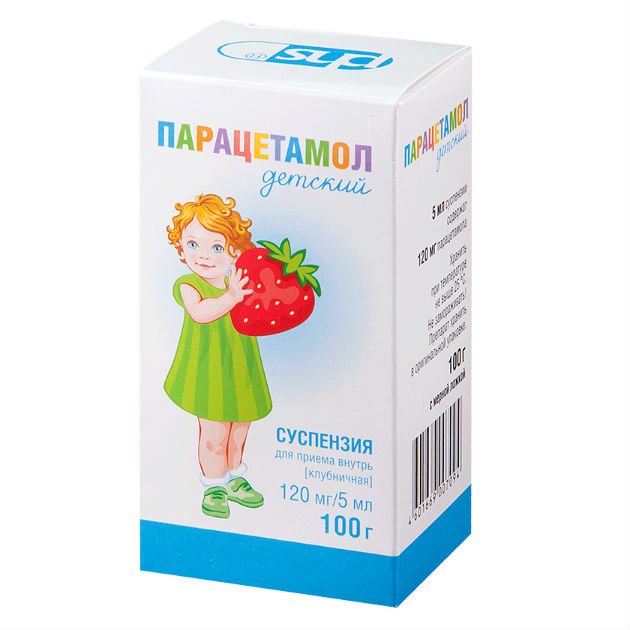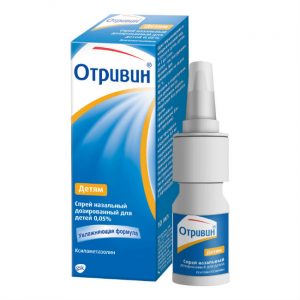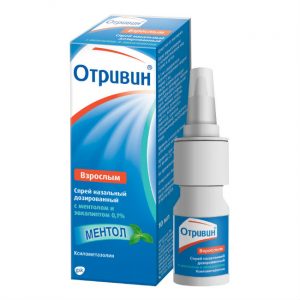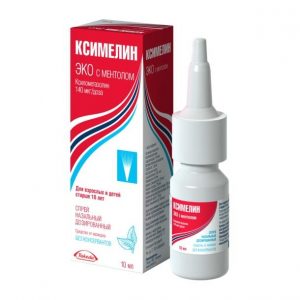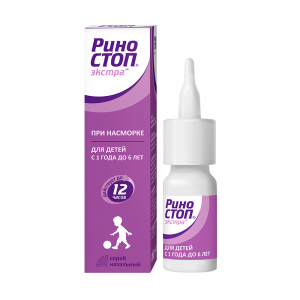Description
Latin name
Paracetamolum
Release form
Intake syrup 2.4%
Packing
Bottle 100 ml.
Indications
Pain of mild to moderate intensity of various origins (including headache, migraine, toothache, neuralgia, myalgia, algomenorrhea pain from injuries, burns). Increased body temperature with colds and other infectious and inflammatory diseases.
Contraindications
Hypersensitivity to paracetamol. Severe impaired liver or kidney function. Genetic lack of glucose-6-phosphate dehydrogenase. Blood diseases. Undesirable use during pregnancy and during lactation. With caution in Gilbert’s syndrome (constitutional hyperbilirubinemia). Chronic active alcoholism.
Use during pregnancy and lactation
Paracetamol crosses the placental barrier. To date, there has been no adverse effect of paracetamol on the fetus in humans.
Paracetamol is excreted in breast milk: the content in milk is 0. 04-0.23% of the dose taken by the mother.
If you need to use paracetamol during pregnancy and lactation (breastfeeding), you should carefully weigh the expected benefits of therapy for the mother and the potential risk to the fetus or child.
In experimental studies, the embryotoxic, teratogenic and mutagenic effects of paracetamol have not been established.
Composition
Active ingredient:
paracetamol 24 mg
Excipients:
sugar, sorbitol, citric acid, trisodium citrate, propylene glycol, ethyl alcohol, riboflavin, aromatic additives, sodium benzoate.
Dosage and administration
The drug is taken orally before meals 3-4 times a day with an interval of 4-6 hours.
Young children can be added to a bottle of water, tea.
In 5 ml of syrup – 1 teaspoon – contains 120 mg of paracetamol. Dosage for children depends on the age and body weight of the child.
A single dose is 10-15 mg / kg body weight of the child. The maximum daily dose is not more than 60 mg per kg of body weight per day.
Depending on the age, paracetamol syrup is prescribed in the following single doses:
– from 3 months. up to 1 year – 2.5-5 ml (1/2 teaspoon) or 60-120 mg
– from 1 year to 6 years – 5-10 ml (1-2 teaspoons) or 120-240 mg
– from 6 to 14 years – 10-20 ml (2-4 teaspoons) or 240-480 mg.
Duration of treatment is not more than 3 days as an antipyretic and not more than 5 days as an anesthetic. Continuation of drug treatment after consultation with a doctor.
Shake well before use.
Side effects of
In therapeutic doses, the drug is usually well tolerated.
From the digestive system: possible nausea, abdominal pain rarely with prolonged use – impaired liver function.
Allergic reactions: skin rash, urticaria, angioedema are possible.
From the urinary system: rarely with prolonged use – impaired renal function.
From the hematopoietic system: rarely with prolonged use – anemia, agranulocytosis, thrombocytopenia.
In case of adverse reactions, it is necessary to stop taking the drug and consult a doctor.
Drug Interaction
When used in combination with inducers of microsomal liver enzymes, agents with hepatotoxic effects present a risk of increased hepatotoxic action of paracetamol.
When administered with anticoagulants, a slight or moderate increase in prothrombin time is possible.
In combination with anticholinergic agents, paracetamol absorption may be reduced.
With simultaneous use with oral contraceptives, the excretion of paracetamol from the body is accelerated and its analgesic action may be reduced.
When used with uricosuric agents, their effectiveness decreases.
Simultaneous use of activated carbon reduces the bioavailability of paracetamol.
Diazepam excretion may be decreased when co-administered with diazepam.
There are reports of the possibility of an increase in the myelodepressive effect of zidovudine when co-administered with paracetamol. A case of severe toxic liver damage is described.
Cases of toxic effects of paracetamol when co-administered with isoniazid have been described.
When used with carbamazepine, phenytoin, phenobarbital, primidone, the effectiveness of paracetamol is reduced, which is caused by an increase in its metabolism (glucuronidation and oxidation processes) and excretion. Cases of hepatotoxicity with the simultaneous use of paracetamol and phenobarbital have been described.
When using cholestyramine for less than 1 h after the administration of paracetamol, the absorption of the latter may be reduced.
With simultaneous use with lamotrigine, the excretion of lamotrigine is moderately increased from the body.
When used with metoclopramide, it is possible to increase the absorption of paracetamol and increase its concentration in blood plasma.
When used with probenecid, paracetamol clearance with rifampicin may be reduced, by sulfinpyrazone – it is possible to increase the clearance of paracetamol due to an increase in its metabolism in the liver.
When co-administered with ethinyl estradiol, the absorption of paracetamol from the intestine increases.
overdose
Symptoms: pale skin, anorexia, nausea, vomiting, hepatocecrosis (the severity of necrosis depends on the degree of overdose).
Treatment: gastric lavage, activated charcoal.
Storage conditions
In a dry, dark place, at a temperature not lower than + 18 ° ¡. Freezing is unacceptable. When crystals precipitate, heat the bottle to 50-65 ° C until completely dissolved. When heated, the quality of the drug is maintained. Keep out of the reach of children.
Expiration
2 years.
Deystvuyuschee substances
Paracetamol
Dosage form
Dosage form
oral suspension
Pharmstandard-Leksredstva Russia
